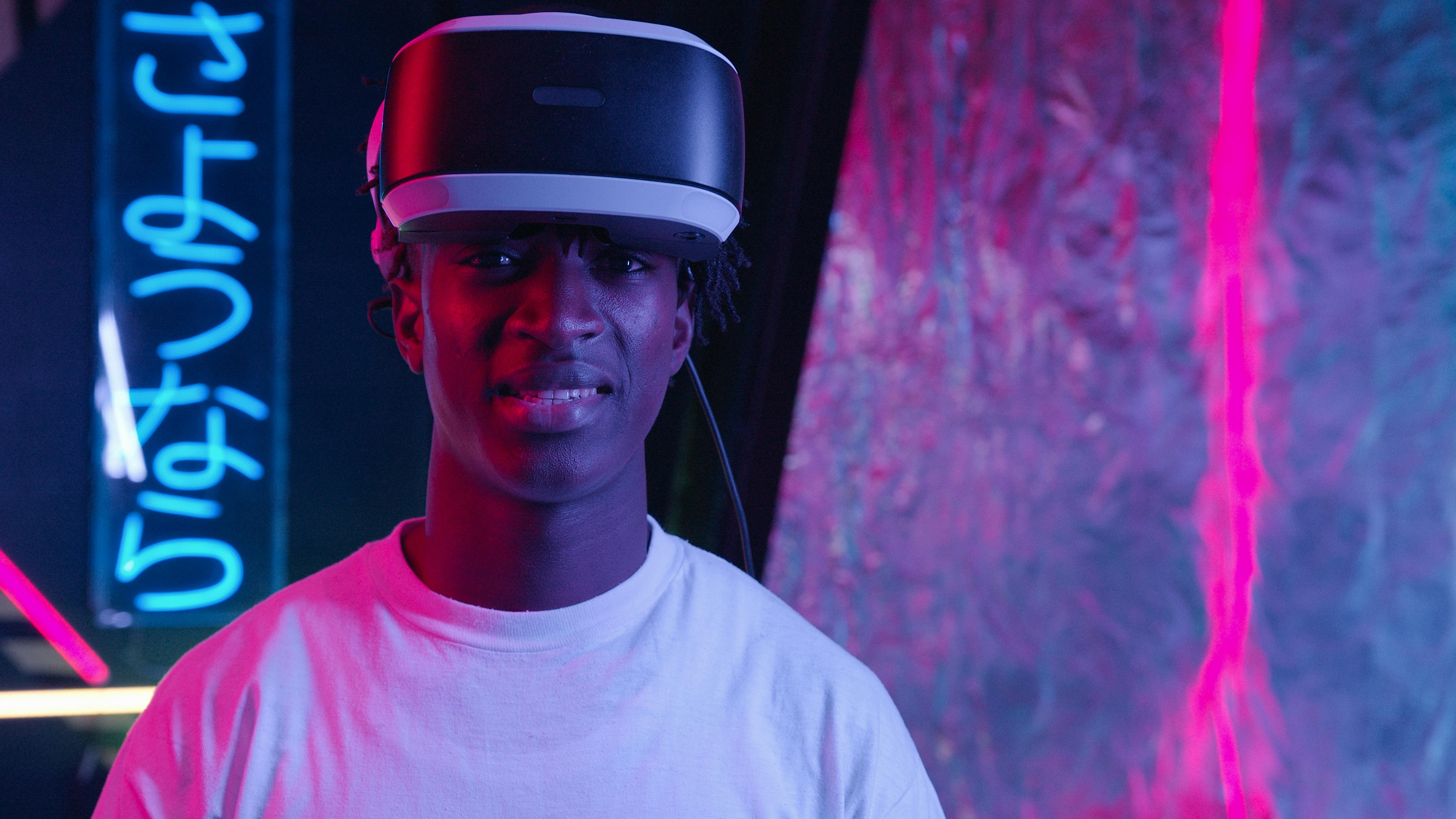Unearthing the Artistry in Virtual Reality: A New Frontier in Entertainment
An unprecedented synthesis of technology and artistry, virtual reality (VR) is carving out a place in the entertainment industry. This article delves into the historical development, current trends, and future prospects of VR in arts and entertainment.

The Genesis of Virtual Reality in Entertainment
Virtual Reality, a concept that was once solely the purview of science fiction, has steadily evolved into a tangible tool for artistic expression. The seeds of VR can be traced back to the 1960s with the invention of the Sensorama, a mechanical device designed to provide a multi-sensory experience. Despite this early invention, it took several decades for technology to catch up with the concept, allowing VR to truly come into its own in the world of arts and entertainment.
Virtual Reality: The Current Landscape
Fast forward to the present day, and VR is no longer a futuristic dream. It’s a reality that’s redefining the way we consume and create art and entertainment. From interactive theatre performances to virtual art exhibitions, VR is pushing the boundaries of creativity. Recent advancements in VR technology have given artists a new medium to explore and experiment with, resulting in works that are as immersive as they are innovative.
Impact and Reception of Virtual Reality
The impact of VR on the entertainment industry has been profound. Critics and audiences alike have embraced the medium for its ability to create immersive experiences that traditional forms of entertainment cannot match. By transporting viewers into the artwork or performance itself, VR creates a deeper, more personal connection between the audience and the art. This immersive quality is often cited as the key factor behind the positive reception of VR in arts and entertainment.
The Future of Virtual Reality in Entertainment
While VR is already making waves in the entertainment industry, its potential is far from tapped out. As technology continues to evolve, we can expect VR to become an even more integral part of the arts and entertainment landscape. Future developments could include more sophisticated VR hardware, more accessible VR platforms for artists and audiences, and new ways to use VR to tell stories and create immersive experiences.
Virtual Reality: A New Frontier in Artistic Expression
The rise of virtual reality in the arts and entertainment industry is more than just a technological trend—it’s a new frontier in artistic expression. By offering a level of immersion and interactivity that’s unparalleled in traditional media, VR is giving artists the tools they need to push the boundaries of creativity and redefine what’s possible in art and entertainment.
In conclusion, the integration of virtual reality into arts and entertainment is a fascinating development with far-reaching implications. As we continue to explore the potential of this medium, we can look forward to a future where art and technology merge in ways we can’t even imagine today. VR is not just reshaping the entertainment industry—it’s redefining what it means to be an artist in the digital age.






